Empowering scientists by making automation a reality for every lab
When two architects from Zaha Hadid’s research lab first approached robotics, their idea was to explore applications specific to architectural engineering.
But they soon discovered that modern automation wasn’t just unnecessarily complex – it was actively restricting innovation. And not just within their industry – in many others too. It was clear that robotic automation was a field where their combined experience in computational research and design could make a real difference.
Assembling a team of industry experts, Automata was founded with a clear aim: to enable new opportunities for innovation with automation.
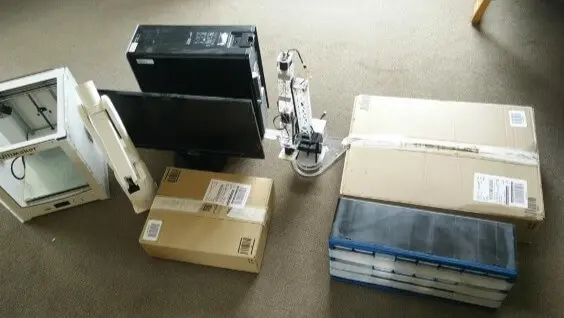
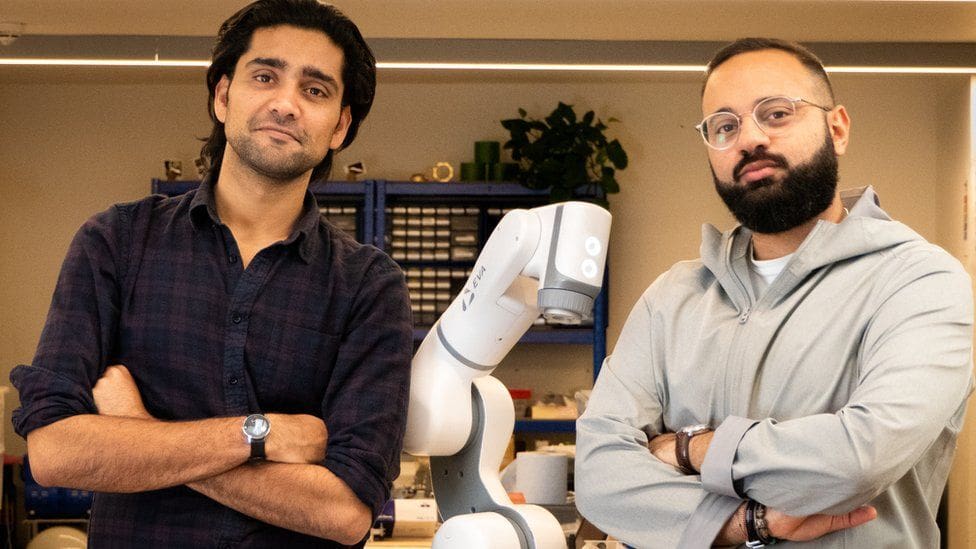
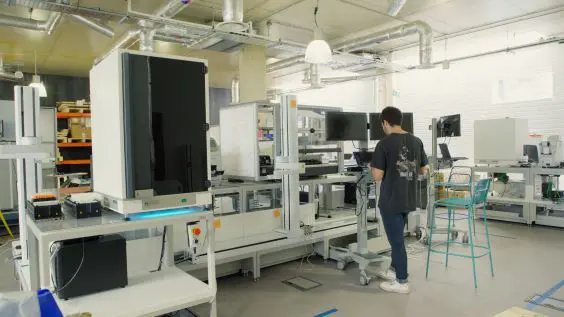
Helping labs deliver results and medicines faster than ever
Automata’s focus narrowed on an industry where they felt their expertise could have the most impact: the life sciences.
Today, most lab automation tends to be defined by a series of very specialised benchtop instruments that are still reliant on human interaction. But Automata saw an opportunity for a new way of looking at automation in the life sciences: open, integrated automation.
That’s how we came to develop the world’s first fully automated lab bench, and its accompanying software. This enables labs to use staff and resources more effectively by ensuring total walkaway time and consistency, without compromising on valuable lab space.
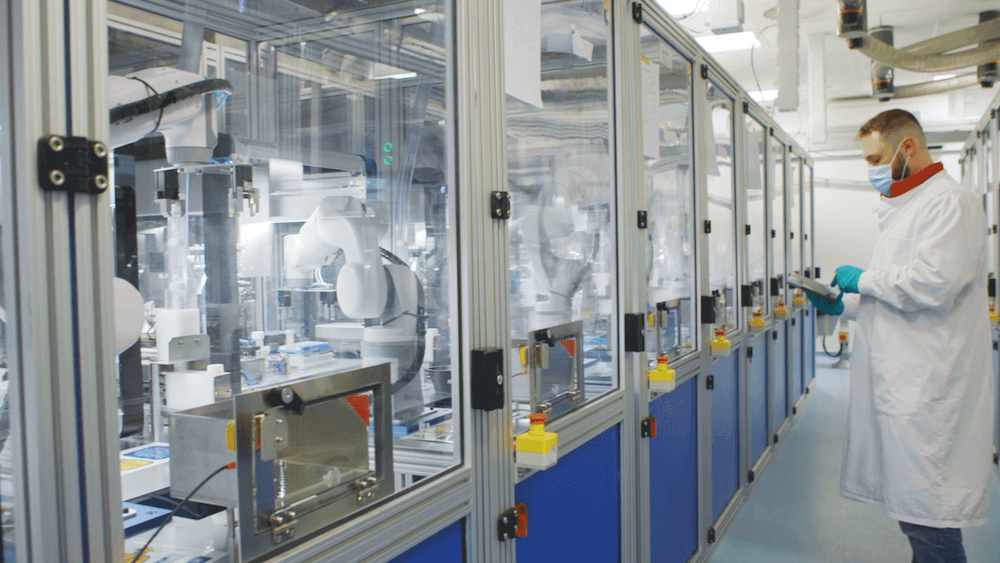
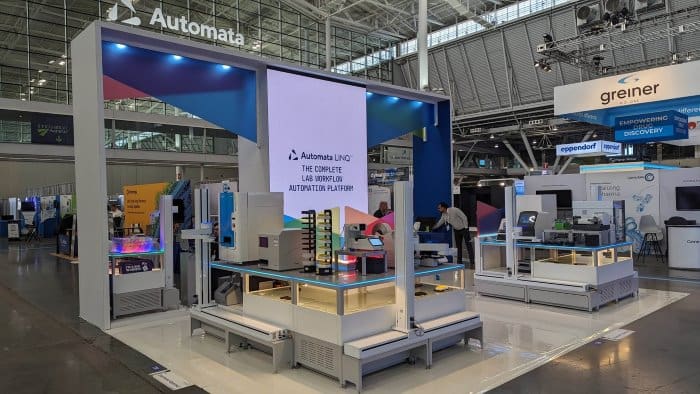
Mostafa ElSayed, CEO and Co-Founder

Mostafa ElSayed is the CEO and Co-Founder of Automata.
He has a Degree in Architecture from the American University of Sharjah; a Masters in Architecture and Urbanism; is a Fellow of the Royal Society for the Encouragement of Arts, Manufacturers and Commerce; and remains a course tutor in the Design Research Lab of the Architectural Association alongside his role as CEO of Automata.
After completing his Masters in 2014 Mostafa went on to join the world-renowned Zaha Hadid Architects, leaving the company as Lead Designer in the Computation and Design Group to found Automata with ZHA colleague Suryansh Chandra. (Chandra went on to launch new company, The Mind Distillery, in 2020 and remained a Director until resigning in 2021).
ElSayed and Chandra started Automata after seeing the need for automation and robotics to be applied in other sectors outside of architecture. Initially focused on manufacturing affordable robotic arms, Automata is now on a mission to transform how scientists work, delivering industry-changing automation solutions that lead the way in quality design and engineering.
Supported by a strong team of designers, engineers, scientists and leaders from a variety of life science backgrounds, Mostafa continues to drive Automata to the next level of success in his role as CEO.
Meet our expert Mostafa ElSayed.
Press releases and company news

Leading US research center, Duncan Neurological Research Institute, partners with Automata to…
Read more Duncan NRI Partners with Automata – Automata
Automata Technologies achieves ISO 9001 certification Automata Technologies is proud to announce…
Read more ISO 9001 Certification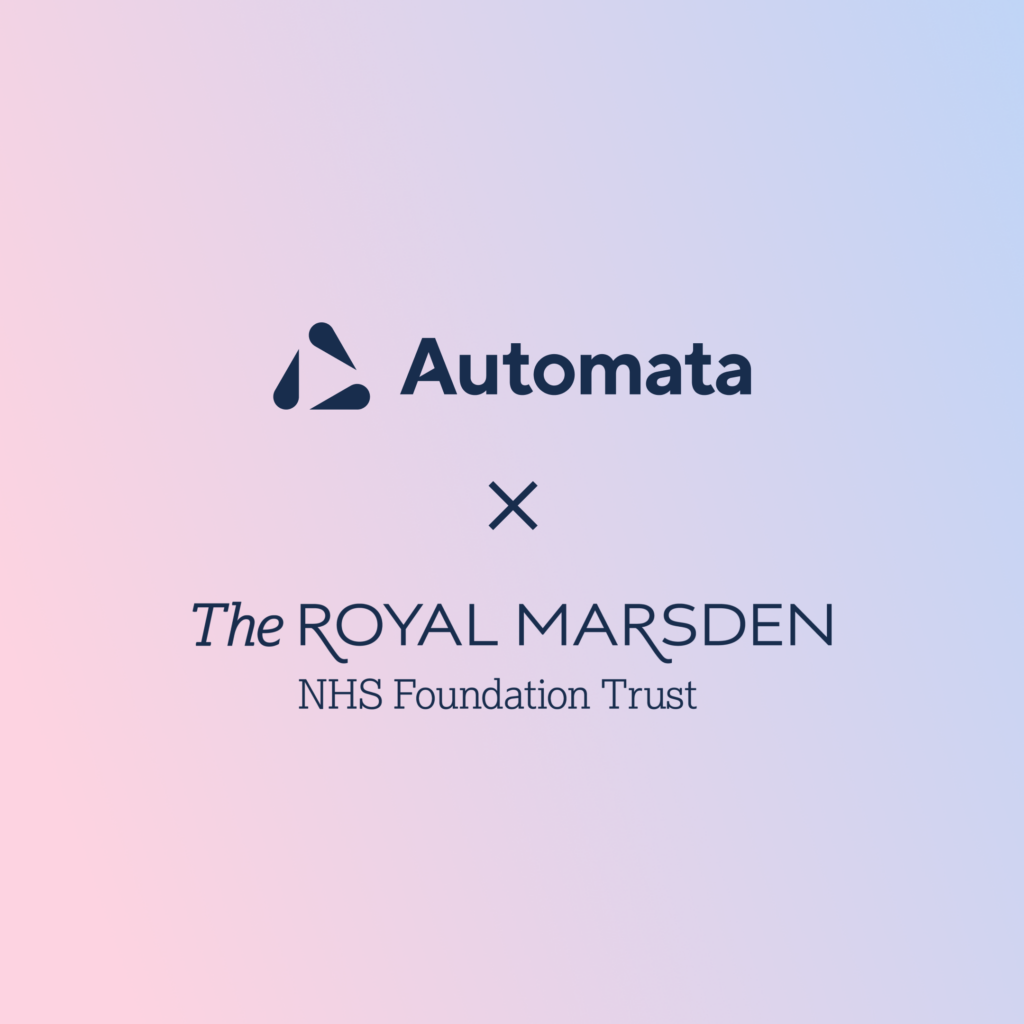
UK’s first robotic genomic testing facility for cancer patients launches World-leading cancer…
Read more UK’s first robotic genomic testing facility for cancer patients